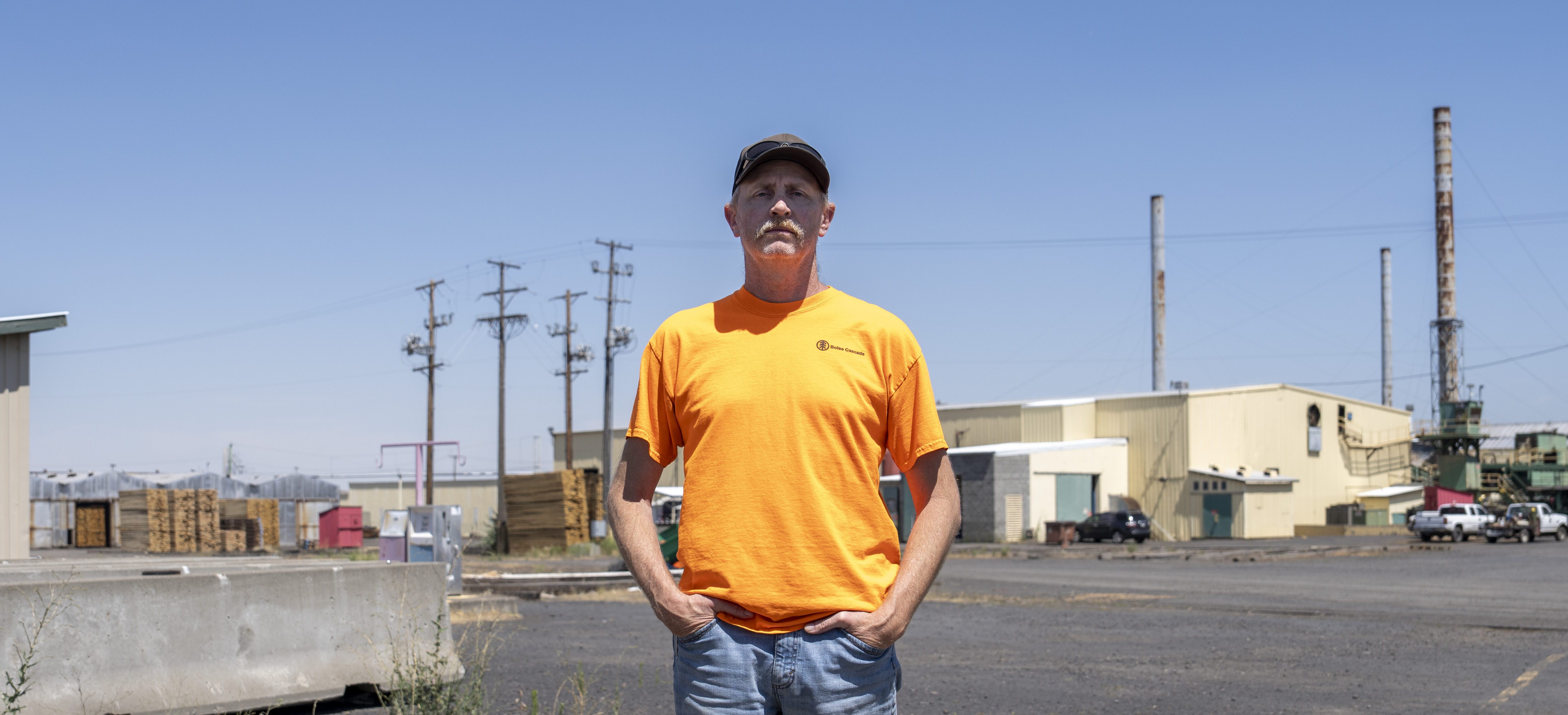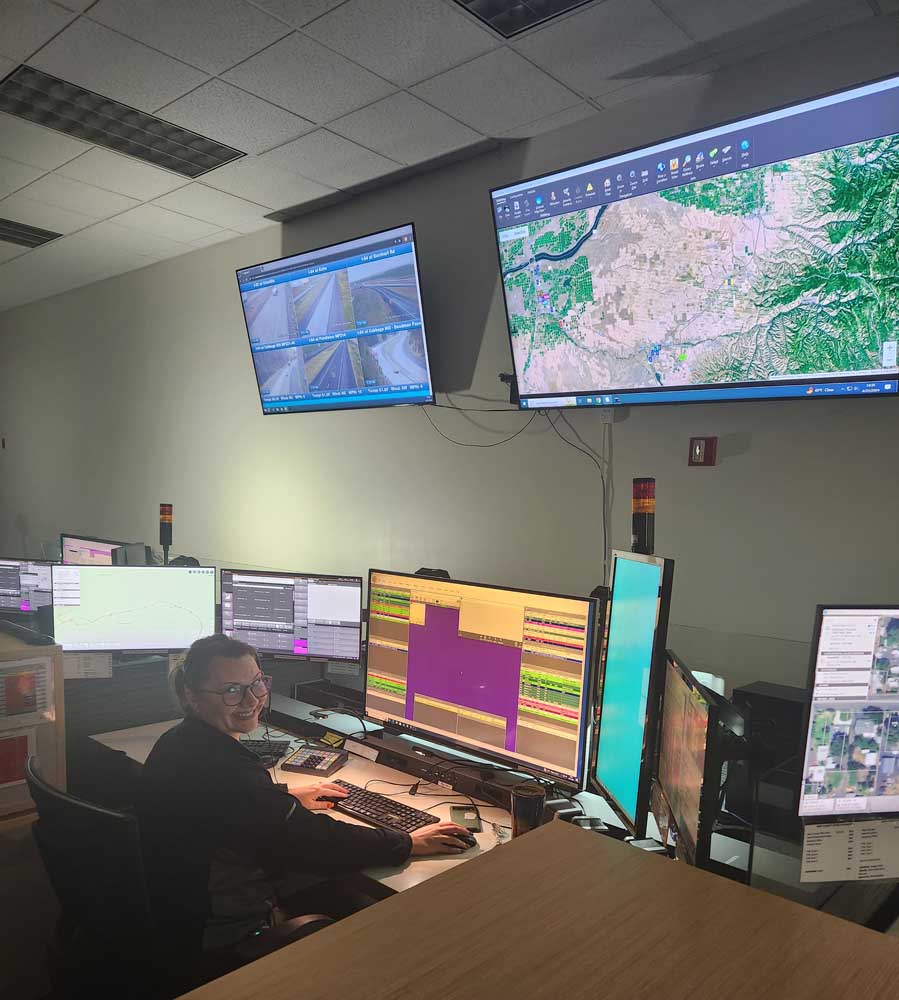U.S., Northwest pushing limits of firefighting resources: ‘Worst possible conditions’
Published 5:30 pm Saturday, July 17, 2021
PORTLAND — U.S. Forest Service leaders got a message from their top boss Wednesday.
Chief Vicki Christiansen, the agency’s leader, announced that all Forest Service workers should immediately refocus their time and energy to address the country’s worsening wildfire season.
Trending
Fires were resisting control efforts, she said, and the West was bracing for more extreme weather in the coming months.
“We expect demand for resources to outpace resource availability, and our workforce remains fatigued and in need of recovery following last year’s record-setting fire season, an active hurricane season, and strenuous efforts to respond to the COVID-19 Pandemic,” Christiansen said in the letter.
It came the same day officials in the Northwest escalated their wildfire preparedness to the highest level, signaling they were using nearly all of their available firefighting resources.
The National Multi-Agency Coordinating Group followed suit with a nationwide declaration just hours later.
The parallel moves marked the earliest in over 10 years that the country had reached its Level 5 preparedness designation — and the earliest the Northwest had been bumped to that level in at least 15 years.
A federal Level 5 designation means over 80% of the country’s fire personnel are being used as officials from different regions compete for national resources.
Trending
By the time the Level 5 readiness went into effect, southern Oregon’s Bootleg fire had been the largest wildland blaze in the U.S. for two days, and Northwest fire officials had already dispatched 5,700 firefighters and other personnel to nine uncontained, large fires covering over 388,000 acres across Oregon and Washington.
A year ago at the same time, 256 firefighters had been dispatched to wildfires throughout the region. About 9,000 acres had burned.
The acreage burned in 2021 is more than five times the 10-year average for this time of year. It’s also the most acres burned by mid-July since 2012.
In other words: The Northwest’s wildfire season is off to a bad start, and regional fire managers need help — immediately.
“(The Northwest) is in a drought, we’ve had no significant rain across the region, and we have had record heat, and just all the worst possible conditions at one time,” said Suzanne Flory, a regional spokesperson for the Forest Service and U.S. Bureau of Land Management. “And we’re not alone.”
TRIAGING FIRE RESOURCES
About 338,000 acres are burning in the northern Rocky Mountains. More than 170,000 acres are ablaze in California. In all, 59 large, uncontained fires rage across the West.
Simultaneous wildfires, such as those seen this summer, prompt fire managers to begin to “triage” and make difficult decisions as to where they should allocate a dwindling amount of resources, Flory said.
“Of course somebody is going to be concerned about every fire, and we recognize that,” she told The Oregonian/OregonLive. “But can it safely be fought? And do we have the right resources to effectively fight that fire?”
Wildfires have no regard for state lines, county borders or agency jurisdictions. And when a wildfire breaks out in Oregon, it’s a team effort to respond as quickly as possible.
The initial attack is often the most important, so any firefighters in the area — from federal to local forces — will hop in to help.
Afterward, the remaining response is carried out by the agency in charge of the land. But if that agency exhausts its resources, state or federal fire crews can be pulled in to help.
Gov. Kate Brown, for example, can sign an executive order that allows Oregon agencies to aid in the response. The Northwest Interagency Coordination Center, which is based in Portland, also can dispatch federal fire crews.
The largest pool of firefighters available to Oregon managers is made up of federally trained contractors hired specifically to fight fires in Oregon, said Jim Gersbach, a spokesperson for the Oregon Department of Forestry.
Those 308 crews, a total of 4,860 people, are available for assignment throughout the state. The Forestry Department was using about 11% of those contract crews as of Wednesday, in addition to the agency’s own 550 wildfire suppression specialists and forest officers, Gersbach said.
That leaves the remaining contract crews available to respond to new blazes that crop up — or help out with existing fires as needed.
Still, some resources are already stretched thin.
The Forestry Department has three incident management teams, which conduct the responses to major fires raging on state land, or help with other major blazes.
During a typical fire season, one team will be deployed to a fire, one will remain on call and the third will rest. But right now, the three crews are working the Bootleg, Grandview and Elbow Creek fires.
“So, if there were to be another fire, I mean, then we’d have all three of them deployed and there isn’t a fourth team,” Gersbach said Wednesday, when only two teams were in use.
The third team was dispatched Friday to the Elbow Creek fire after it grew to 9,000 acres in northeast Oregon.
WHERE THE NORTHWEST TURNS FOR HELP
So who bails out the feds when the feds are supposed to bail out the states?
Other states, or even other countries.
The responsibility is initially shouldered by a Northwest pact, with regions surrounding Oregon and Washington offering their resources, should the two states run out. Northern California and neighboring Canadian provinces review their own resources to see what they can spare.
For example: California’s Office of Emergency Services on Friday sent 40 firefighting crews and firetrucks to help battle the Bootleg fire.
“We can call on them and say, ‘If you come down here we’ll pay your people to fight for us here,’ and then we can return the favor sometime, you know, when they get really busy if we’re not so busy,” said Robin Demario, a Northwest Interagency Coordination Center spokesperson.
After fire managers have already turned to regional partners, they look to crews in states that don’t typically see major wildfire seasons, like those on the East Coast, Gersbach said. Those resources are distributed by the National Interagency Fire Center in Boise to different regions based on need.
The Northern Rockies region — Montana, Yellowstone National Park and parts of northern Idaho and North Dakota — is currently at the top of that priority list, according to Demario. The Northwest is just behind.
Once local, state, regional and federal resources are sapped, Mexico and countries in the Southern Hemisphere can also send help, Gersbach said.
Firefighters from New Zealand and Australia have been known to aid the Northwest because their countries experience winter during the Northern Hemisphere’s summer.
The call for fire personnel also extends beyond those who physically battle the blazes. It includes those who are often missing during a shortage: middle-management workers or people keeping major fire bases running.
“I think people forget it’s more than just the firefighters,” Flory said. “Do we have enough caterers across the country right now? We do, but what if we keep having this kind of extreme wildland fire activity in different areas? You know, shower units, all those kinds of things play into it.”
Also available to Oregon fire managers are members of the state’s National Guard — some of whom have already been mobilized to help direct traffic and contribute to less intensive firefighting operations.
DANGEROUS CONDITIONS PERSIST
Rising temperatures and dry conditions brought on by climate change continue to pull moisture from the landscape, leading to the worst drought in Oregon’s history. And droughts affecting the West create a tinderbox for potential lightning strikes that can leave embers smoldering for weeks before igniting a fire.
Conditions at the 241,496-acre Bootleg fire have been so dangerous that fire managers have taken the unusual step of pulling crews off their line for five consecutive days, fire operations spokesperson Holly Krake said Friday.
Nearly 2,000 personnel are staffing the blaze, which has created clouds large enough to make their own weather — spitting out what are essentially fire tornadoes. The fire is 7% contained.
“While we have been able to get the resources that we need, we also know that there is a finite number in the system available,” Krake said. “And there is no end in sight for the extreme fire weather and conditions on the Bootleg fire.”
In addition to the Bootleg and Elbow Creek fires, firefighters in Oregon are battling two other large, uncontained fires.
The Jack fire has consumed 15,248 acres in the Umpqua National Forest and is 27% contained. The Grandview fire northeast of Sisters, meanwhile, has reached 5,971 acres and is 14% contained.
“I hope it’s an out of the blue, bad year,” Flory said. “But I will tell you that the Forest Service is planning for the possibility of this being the new normal.”









